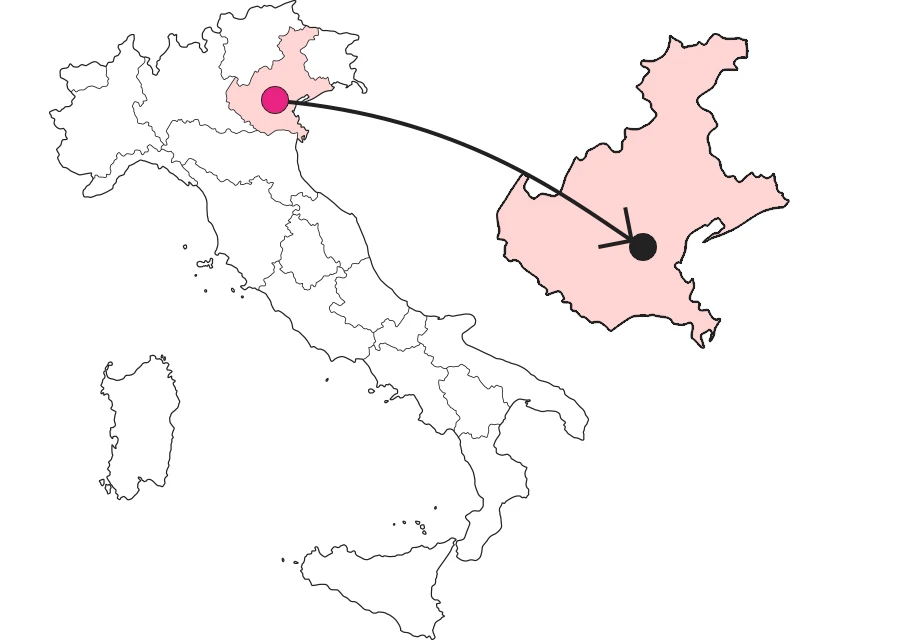SHARRYLAND


Where is

What it is and where it is
If you are on the Strada Battaglia and are attracted by a rather imposing mass located on the opposite side of the canal, among the vegetation, you had better stop. You will notice a solid, compact building accessed by a bridge. The outer walls end in battlements, like defensive walls. Contrasting this is a lower part, almost an elegant, light balcony. Stepping through the gateway to the building, it is clear that the fortified castle facade is indeed, just a facade. We find ourselves in an elegant courtyard enclosed between the most recent wing of the castle and a staircase leading to the upper floors of the building: the Catajo.
Why it is special
Part of the Catajo's charm is due to its connection with nature: the entire structure is framed by greenery, whether it is of wild vegetation from the Hills, or plants sought to adorn the interior gardens and the beautiful outdoor park. Water also plays an important role: the fishpond in the park reflects the figure of the castle like a mirror, welcoming it as a part of itself, and it is always water that seems to have originated the name Catajo, meaning Ca' del Tajo, where Tajo indicates the Battaglia Canal. Finally, the rock is the heart of the castle, because some of its parts are carved out of the trachyte of the Hills.
Not to be missed
The Catajo is pure scenography. In particular, the terrace offers unparalleled views of the Euganean Hills, and the first-floor rooms covered in frescoes celebrate the Obizzi family, the castle's historic owners. The richness and majesty of ogno detail scream the power of the family. One example above all? The fireplaces. Also frescoed, some still retain the wooden panels-not to mention an integral part of the pictorial cycle-that were used to close them. Quite an expense to put a fireplace in every room, especially if we are in a summer residence where they are hopelessly useless. Ah, these Obizzi!
A bit of history
The Obizzi, originally from Burgundy, and skilled captains of fortune, found their fortune in Italy. Pius Aeneas I, wanted to enlarge his mother's house, Casa Beatrice, and he himself, aided by an architect, designed a dwelling worthy of his family, one that would recapture their military might, but one that would surpass in beauty and wealth the other villas in the area. Expanded over the centuries, it remained in the Obizzi family until their extinction in 1803. Subsequent owners included the Habsburgs. After ups and downs, the castle is still privately owned, but lovingly cared for and open to the public.
Curiosities
The Catajo also has visitors out of the ordinary: ghosts. The most famous is Lucrezia Obizzi, née Dondi Dall'Orologio. Killed in her home in Padua for rejecting those who wanted to abuse her, she returned to her son in a dream, asking him to bring the stone stained with her blood to the castle she loved so much. Since then a lady dressed in blue or pink sometimes appears at the highest windows of the building. It seems, however, that she is not alone: always inside the castle the servant Gabrina would also wander about. In the garden, however, is the tomb of Barbara Querini, wife and victim of the last Obizzi, Tommaso. Be careful wandering around here, it seems she is still very angry.
Enter the Map of Italy's Undiscovered Wonders and find treasures where you least expect it... Inspire, Recommend, Share...
Collections
The Map thanks:
Enter the Map of Italy's Undiscovered Wonders and find treasures where you least expect it... Inspire, Recommend, Share...
Where is

Collections




